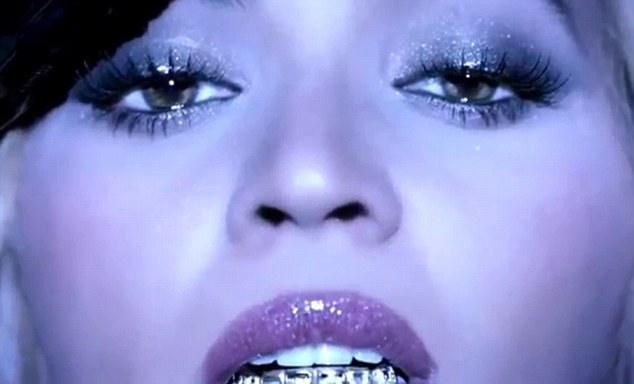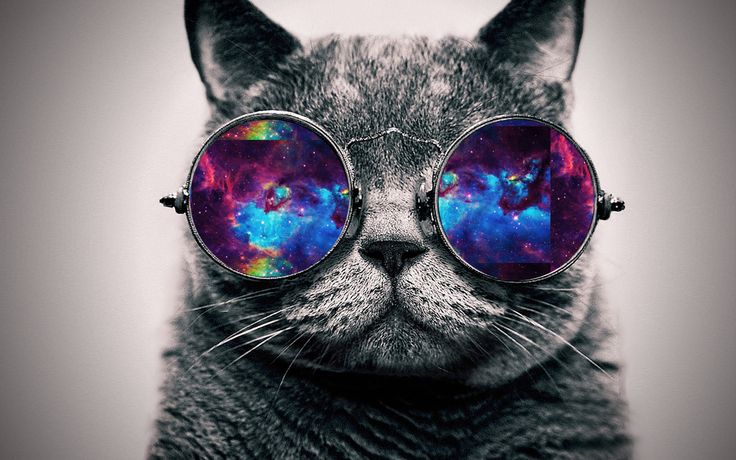Before we get into the nitty gritty, let’s talk about the ROI on media coverage and why it’s so important.
Legitimacy– Securing earned (not paid) media coverage legitimizes your product and/or expert opinion because a third-party is essentially vouching for it. If GQ decides to feature your product in a gift guide, that’s a big deal – they’re are a lot of other products they could have chosen. It signifies to the reader that what you’ve got is special, and better than the rest.
Millions of Impressions – The stories that appear on the websites of major newspapers and magazines reach millions of people. Broadcast networks are no different. Media coverage is a great way to promote your company, and to target the key consumers you want to communicate to. If your product is geared toward millennials, you should be seeking to get it covered in a publication with readership comprised of millennials.
Shareable Content – Coverage in a notable media outlet can provide great fodder for your company marketing materials and/or online channels. It gives you bragging rights! Any media mentions should be featured in a press page on a company’s website, and it should be shared across company social channels. Also, you can use it in marketing materials. For example, you can say “tagged as a startup to watch by Fast Company.”
Now, let’s get into how you secure media coverage for a company.
It all starts with relationships. The media need to know a company/product exists, why they should pay attention to it, and what insight they can glean from a company to fuel their stories.
The easiest way to start building relationships with media is to actually read and follow the key outlets, radio or broadcast stations (shows) you’d want your company/product featured in.
Dedicate 20 minutes a day (maybe during breakfast, lunch, or before bed) and really get to know what these news outlets cover. Then, start putting together a list of the reporters that cover the content that’s relevant to your product/company.
**For radio and TV, you’ll need the contact information of the segment producers or news assignment editors. Anchors DO NOT accept pitches, they are just the talent. Pitching segments for radio and TV is a bit more complicated, they typically require the use of a database (see more about that below).
Add these reporters to your company’s social channels, and don’t stop there. Engage with them, for example – “like” their relevant content and tweet at them about a story you liked. Be sure to do these things in moderation, don’t be annoying 😉
Also, start compiling a list of their e-mail addresses, some of them are actually listed within their stories, if they aren’t- you’ll need to get crafty. Try figuring out the media outlet’s e-mail code. For example, does the outlet use the first letter of the recipient’s name followed by their last name @ the outlet? You can usually figure out the e-mail code in a few tries.
Just a caveat here – if you have a bigger budget, you can actually use a service like Cision to get the contact information of any reporter in the world. But it’s going to cost you, and Cision isn’t cheap. It will set you back several hundred a month, maybe a few thousand depending on how many logins you have. There are other databases that are cheaper, but I’ve found Cision to be the best.
Now, you need to figure out what your “media hook” is – once you find out what it is, you can pitch the reporter directly.
Sit down and figure out what company news, product launches and/or milestones are coming up for your company. If you’re an expert and don’t have a physical product, track what’s happening in the news cycle (that’s relevant to your expertise), and try to get ahead of news by staying on top of national reports, surveys, etc. that will be released in the coming weeks. The goal is to entice the reporter with something that is relevant for their readers, connected to a topic that’s “hot” in the news and that will give them a juicy or clever headline (news is all about “clicks” these days).
Once you’ve figured out what your “media hook” is, draft a short e-mail pitch to the reporter. It should be concise!! Include the who, what, when, where and why. Drafting pitches is a bit of an art, next week I’ll share my top-tips for how to craft the perfect pitch.
Reporters get hundreds of pitches a day from companies who have the same or similar expertise/product as you. If your product doesn’t currently exist in the marketplace, you’re in a better position than the rest.
Pitching reporters is definitely something that takes a bit of practice, but once you get the hang of it, you’ll be a pro!
Once you’ve crafted the perfect pitch, you’re ready to send it to your list of top reporters that you’ve compiled.
And, if you did your homework — you’ll get a response.
Follow for more tips + tricks on all things public relations.



